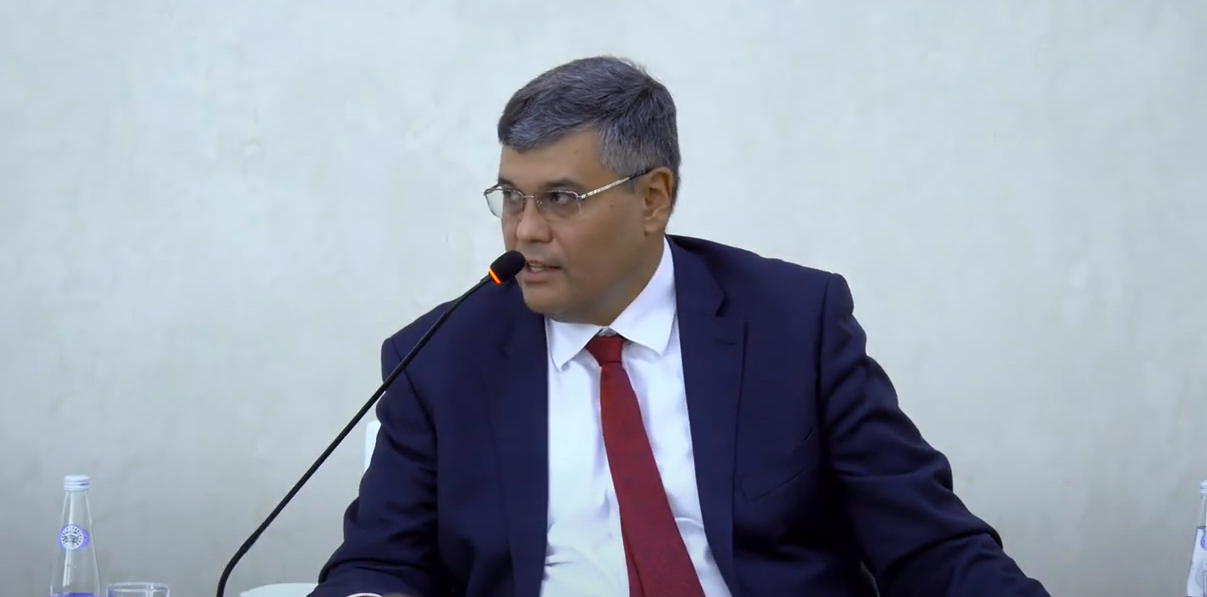ASTANA, Kazakhstan, May 2. Kazakhstan's floating exchange rate regime has strengthened the country's economic sustainability and reduced the level of dollarization, said Akylzhan Baimagambetov, Deputy Chairman of the National Bank of Kazakhstan, Trend reports.
Speaking at the launch of the IMF’s Regional Economic Outlook for the Caucasus and Central Asia (CCA), Baimagambetov emphasized that Kazakhstan maintains a fully floating exchange rate system under its inflation targeting framework.
"Kazakhstan supports and maintains a float and exchange rate regime, and we officially adopted it with the transition to an inflation targeting framework... we don't target any particular exchange rate figure," he said.
According to Baimagambetov, the National Bank does not aim for a specific exchange rate level, allowing the currency to fluctuate based on market fundamentals. He emphasized that this approach acts as an automatic stabilizer, helping the economy absorb external shocks and enhancing overall resilience and sustainability.
Although the central bank retains the right to intervene in the market, such actions are reserved for periods of excessive volatility not driven by fundamental factors, particularly when liquidity is low.
The official also noted the significant reduction in deposit dollarization over the past decade. While more than 70 percent of deposits were held in foreign currency over ten years ago, the figure has now dropped to historic lows of around 20 to 23 percent. This trend reflects increased public confidence in the national currency, the tenge, and has improved the effectiveness of Kazakhstan's monetary policy.







